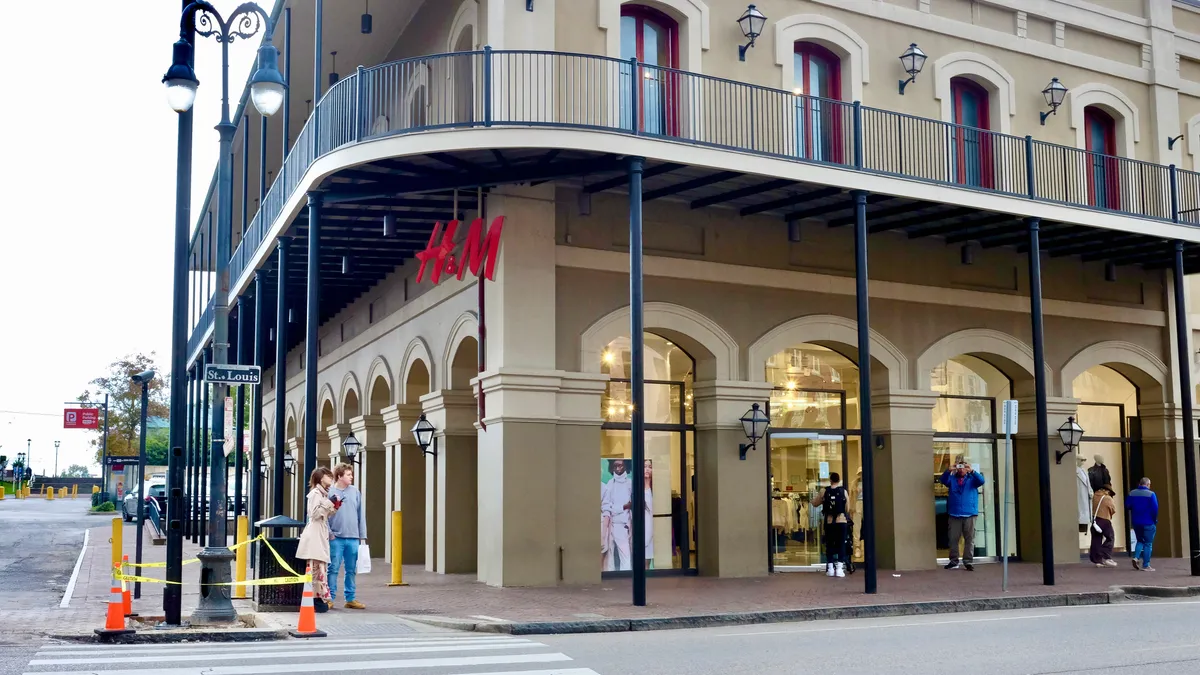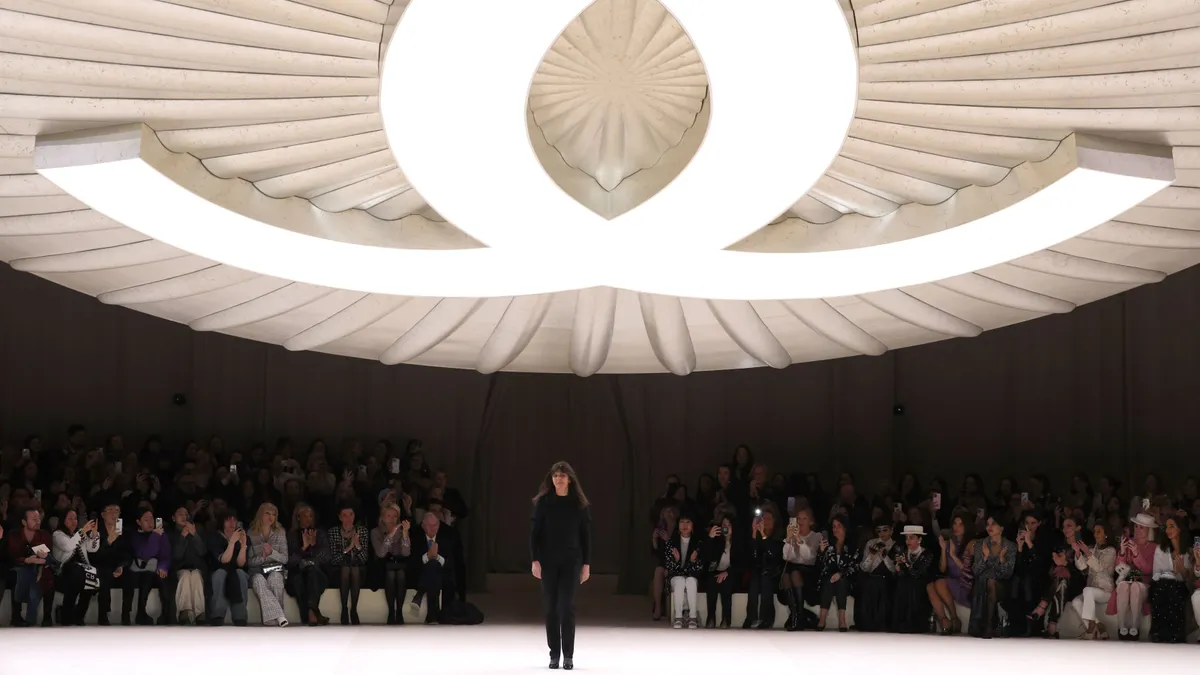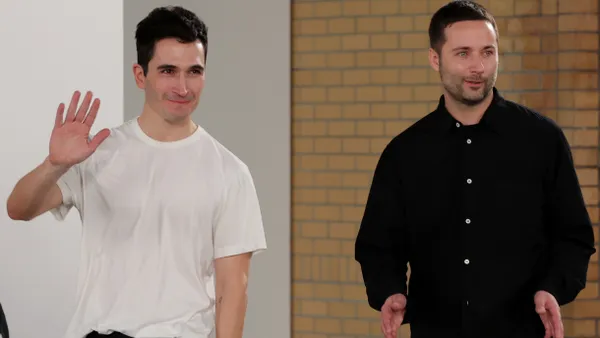Dive Brief:
-
H&M Group CEO Helena Helmersson, a 26-year veteran of the company, has decided to step down and leave the company, the fast fashion apparel retailer said on Wednesday. She had been chief executive for four years.
-
Longtime company executive Daniel Ervér was immediately named to take her place. He has been there for 18 years in various roles, most recently as head of H&M, its largest brand.
-
The unexpected shakeup occurred following a tough holiday report. Fourth quarter net sales were flat year over year at 62.7 million Swedish kronor (around $6 million at press time). For the year, net sales rose 6% and gross profit increased by 7%, for a gross margin of 51.2%, per another press release.
Dive Insight:
Helmersson on Wednesday expressed “mixed feelings” about her departure, noting that she has spent nearly her entire career at H&M but that her tenure as chief executive was marked by the “pandemic, and several geopolitical and macro-economic challenges.”
“However, it has been very demanding at times for me personally and I now feel that it is time to leave the CEO role, which of course has not been an easy decision,” she said in a statement.
In his own statement, Karl-Johan Persson, who is H&M Group board chair and previously served as CEO, acknowledged those challenges and praised Helmersson for having “decisively and effectively led and navigated the H&M group” through them. He noted the company’s “positive profitability trend” and said that conditions were favorable for further improvements this year.
But, already under pressure to improve what has been a lackluster performance for several quarters, H&M Group will be working on a turnaround under new management and “turbulence lies ahead,” according to GlobalData apparel analyst Louise Deglise-Favre.
“Luckily, [Helmersson’s] successor, Daniel Ervér, already comes with a strong understanding of the group’s strategies, as he was previously head of the H&M brand, though he needs to act fast to win back shoppers,” Deglise-Favre said in emailed comments.
The company’s full-year sales results reflect just 1.4% growth compared to pre-pandemic sales, with the holidays “particularly disappointing,” according to GlobalData research. Unseasonably warm weather played a part, but most of the trouble is found at flagship brand H&M and its “uninspiring ranges,” Deglise-Favre said. Plans this year to open 100 H&M stores in growing markets, close 160 underperforming locations, and add features like self-checkout, beauty services and apparel rental could boost the brand, she said.
As a portfolio, sales at the company’s other brands rose 15%, with GlobalData noting particular strength at COS, Arket and Weekday.
“COS and Arket’s minimalist Scandi aesthetic and premium positioning resonated well with consumers as they sought out better quality garments and higher value for money, while Weekday likely benefitted from new denim trends as preferences shifted towards more relaxed styles,” Deglise-Favre said. “H&M’s core brand remains unable to grasp the attention of young shoppers that are increasingly favouring more trend-led competitors like Zara and Shein.”












